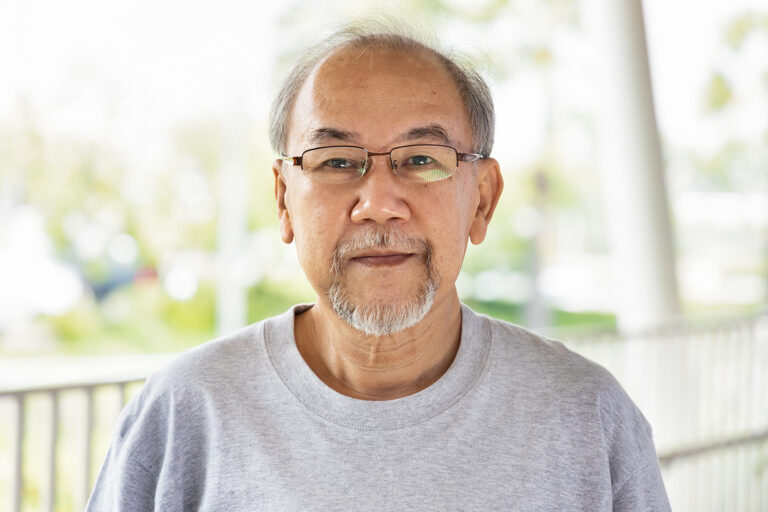We’re back with the next instalment in our fortnightly A-Z of Health Research Equity series – hoorah! If this is the first post you’re reading in this series, I’d recommend catching up with the beginning of the series here.
So far in this series, I’ve focused primarily on the way that we approach health research equity at COUCH; we started with A, where I explained how we embed and understand Accessibility, and just a fortnight ago, with the letter B, I shared my thoughts on why Biology is not at the forefront of my mind when it comes to equitable and inclusive research. In this instalment of our A–Z of Health Research Equity, I’m excited to be moving from how we think about Research & Insights work, to how we roll our sleeves up and do it.
Today, I’m talking about Co-Creation, the method that is both the most joyful and rewarding part of my job and one that underpins the activities of our wonderful COUCH Research & Insights team (I lead that team, so I may be biased, but even before I worked at COUCH, I thought they were the best in the business!).
What is co-creation?
In very, very simple terms, co-creation describes the process of creating something in partnership with the people who may ultimately be impacted by it. If that thing you are creating is a product, it’s easy to see where the benefits are. Think about smartphones as an example; when designing the phone itself, you can imagine wanting to see the size and shape of it in the hands of a user to see if they can easily use it.
It’s just the same with clinical research. Our purpose as researchers is to step back and re-centre the experiences and voices of people who are so often underserved by health research. We facilitate conversations, plant seeds and watch them grow into discussions, ideas, and perspectives. Then, we feed those insights back to our clients, who can use them to design and develop clinical research that suits patients.
Putting patients at the centre of what we do(?)
Unfortunately, co-creation has become a bit of a buzzword in the clinical research industry; everyone and their dog says they ‘put patients at the centre’ of what they do. That phrasing always reminds me of the illustration below, which was highlighted to me by patient advocate and researcher, Lynn Laidlaw.

It sounds wrong to say that at COUCH, we don’t put patients at the centre of what we do, but we don’t. We don’t put patients anywhere. We meet patients where they are, and we listen. We understand and accept that we don’t have all the answers, and we move the centre of the discussion to find the answers from those that do.
3 steps to co-creation #TheCOUCHWay
- Seeing the whole person
During the pandemic, I had a conversation with patient advocate Derek Stewart OBE that stuck with me. Always one to find a flicker of light in the darkness, Derek told me that he thought online meetings would benefit patient involvement in research. He was referring to the fact that job titles and hierarchies weren’t so obvious online, commenting that it was nice to see “Profs in their soft clothes”, meaning hoodies and probably pyjama bottoms just like the rest of us.
When we’re facilitating co-creation work, we intentionally flatten any perceived hierarchies within the group. Everyone’s voice is valued equally, and we work in partnership with our participants to understand their needs. This enables us to create a comfortable and inclusive environment so that participants are confident that they can share their thoughts, feelings, and experiences without prejudice. - Building rapport based on mutual understanding and trust
Once we’ve broken the ice with our participants, we begin to see shoulders relax, snacks sneaking into the frame as fuel for online sessions, and humour and personalities start to shine through. That feeling is priceless to us, and we hope our participants feel the same way. We work hard to facilitate safe and supportive environments, allowing us to foster deeper conversations, genuine connections, and instances where everyone involved can be respectfully challenged. - Evaluation, feedback and collective co-creation
If you’ve heard one patient experience, you’ve done just that: heard one patient experience. We continually evaluate our approach and our methods, building in feedback loops so that we can refine and enhance our process. We work with people from all backgrounds, experiences, and cultures, and it’s important to us that we adapt our approach to meet the diverse and evolving needs of the people we serve. The work of co-creation is never ‘done’. It’s magical and insightful, connective and collective, it’s human, and ultimately, it’s messy. Keeping some of the messiness is important as it ensures authenticity, but it doesn’t mean the process can’t be improved. Our approach is iterative and interactive; we co-create our co-creation process, working in partnership with patients and participants to build mutually receptive connections, steer away from extractive practices (no more helicopter research!), and co-create our process from start to finish.
Equitable co-creation
Identities are intersectional and nuanced, and very rarely do real people fit the ‘one-size-fits-all’ approach that much of our industry (and, let’s be honest, the world) is built on. So, it should go without saying that including diverse voices in co-creation activities is a must.
I’ll talk more about who should be involved in research in our next instalment of the A-Z of Health Research Equity series, but for now, I want to revisit that smartphone example I mentioned earlier.
In the book Invisible Women, author Caroline Criado Perez highlights that smartphones seem to get bigger with each release. Women’s hands are an average of 2 inches smaller than men’s, so why is that? Criado Perez explains, “Most of the people who’ve been designing the phones are men, so they’ve been designing for the male hand size.”
Diversity in co-creation is important in all areas, not just research.









